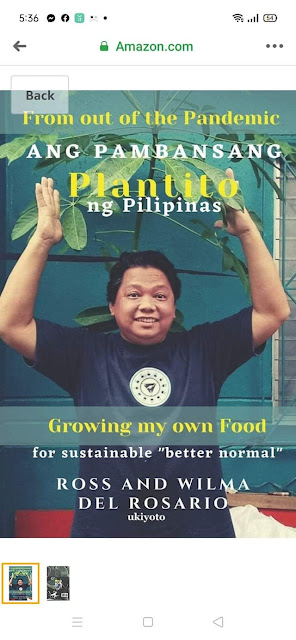Wazzup Pilipinas!?
A storm of controversy has erupted in the art and animation communities following OpenAI’s recent demonstration of its ability to generate images in the distinctive style of Studio Ghibli. The beloved Japanese animation studio, known for masterpieces like Spirited Away, My Neighbor Totoro, and Princess Mononoke, has long been admired for its handcrafted, emotionally resonant art style. Now, many artists and fans are accusing OpenAI of outright plagiarism, raising ethical and legal concerns about AI's role in creative industries.
The Rise of AI-Generated Ghibli Art
OpenAI’s latest image-generation model showcased a stunning capability: the ability to create visuals nearly indistinguishable from those produced by Studio Ghibli. These AI-generated images, widely shared online, quickly gained attention for their near-perfect replication of the studio’s delicate watercolor-like backgrounds, expressive character designs, and signature use of lighting and color. However, what initially seemed like a technological marvel soon turned into a heated debate.
Accusations of Plagiarism and Ethical Concerns
Artists and Studio Ghibli fans were quick to voice their outrage. Many argued that AI models trained on existing Ghibli works are engaging in digital theft, replicating a style developed over decades by master animators and illustrators. Social media platforms flooded with accusations, with trending hashtags like #StopAIArt and #GhibliPlagiarism calling for greater protection of artistic integrity.
“AI cannot replicate the soul of human creativity,” tweeted one professional illustrator. “Ghibli’s art isn’t just a style—it’s a philosophy, a legacy. OpenAI is profiting from something that was never theirs to begin with.”
Others pointed out that AI-generated content could devalue the work of human artists, as companies might opt for artificial imitations over hiring skilled illustrators. This fear is particularly strong among freelance artists and animators who depend on commissions and contract work to survive in an already competitive industry.
Legal Gray Areas and the Future of AI in Art
The controversy also raises urgent legal questions. While AI models do not “copy” existing works in a traditional sense, they are trained on vast datasets that often include copyrighted materials. The lack of clear regulations surrounding AI’s use of copyrighted artistic styles has left many wondering whether companies like OpenAI are violating intellectual property laws or merely exploiting a legal loophole.
Studio Ghibli itself has not yet issued an official statement on the matter, but the outcry has led to renewed calls for legislation that protects artists from unauthorized AI-generated replications of their work. Some countries are already moving in this direction, with Japan and the European Union exploring stricter AI copyright policies.
The Broader Debate: Art, AI, and Human Creativity
The OpenAI-Ghibli controversy is just one facet of a broader debate about the future of art in an AI-driven world. While AI-generated art can be a powerful tool for creativity, many argue that it should complement human artists rather than replace them.
For some, AI presents exciting possibilities, enabling aspiring creators to experiment with styles and generate concept art faster than ever before. For others, it signals a dystopian future where human artistry is devalued, and the uniqueness of hand-drawn work is reduced to mere algorithmic mimicry.
Where Do We Go From Here?
As AI continues to advance, companies like OpenAI will need to address the ethical dilemmas that come with technological progress. Transparency about AI training data, fair compensation for artists, and clearer intellectual property laws will all play crucial roles in shaping the future of AI-generated art.
The battle between AI and human creativity is far from over. But for Studio Ghibli fans and artists, one thing is clear: the magic of hand-crafted animation cannot be so easily replicated by machines, no matter how advanced they become.
























 Ross is known as the Pambansang Blogger ng Pilipinas - An Information and Communication Technology (ICT) Professional by profession and a Social Media Evangelist by heart.
Ross is known as the Pambansang Blogger ng Pilipinas - An Information and Communication Technology (ICT) Professional by profession and a Social Media Evangelist by heart.








.jpg)



Post a Comment